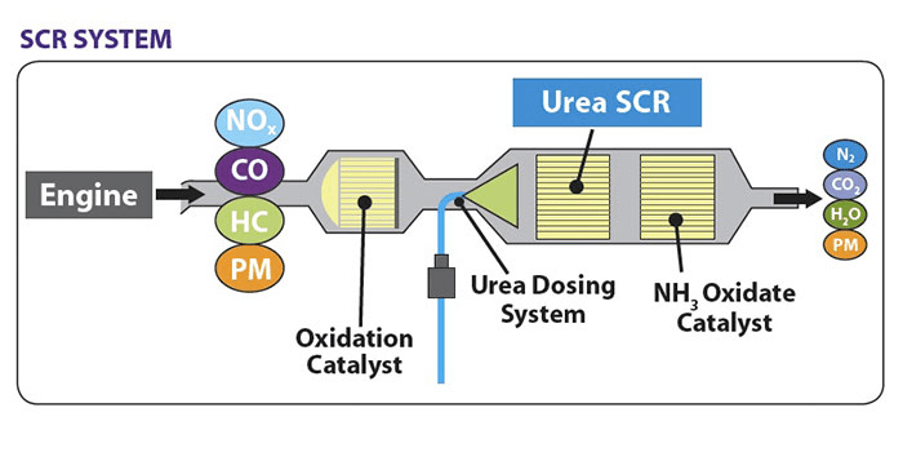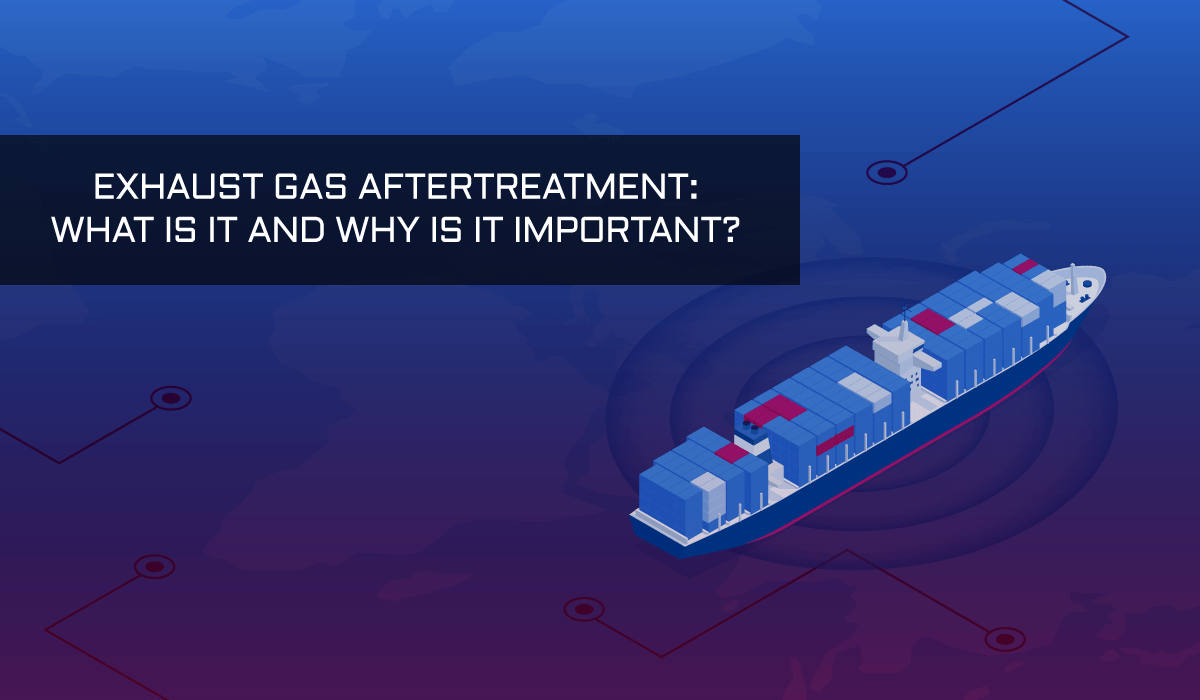Marine vessels require diesel to power their engines and other parts of the ship. That reliance on diesel created exhaust gases, which need to be filtered and cleaned. A proper exhaust gas aftertreatment system takes care of the job and is essential to any vessel’s day-to-day operations.
What Is Exhaust Gas Aftertreatment?
Due to how ships operate, they exhaust a fair amount of gas. It is a logical side effect of using marine diesel engines. The fuel is burned off, and the gas is the byproduct that must go somewhere. However, ships cannot pump that gas into the open air without taking the necessary precautions. Therefore, exhaust gas aftertreatment is an essential procedure that is mandatory for the crew and the environment’s benefit.
The process will take care of the following emissions:
- Soot (fouling the immediate environment)
- NOx (harmful to the environment)
- Hydrocarbons (odor)
- Noise (detrimental to comfort)
How Does It Work?
An exhaust gas aftertreatment system takes care of several crucial aspects:
- Reducing nitrogen oxide emission generated when air and fuel are exposed to high temperatures during the combustion process
- Lower the number of soot particles formed through the combustion process
Ensuring these harmful particles and gasses are removed from the exhaust has various benefits. First, it ensures the amount of particulate matter is kept to an absolute minimum. A diesel particulate filter can trap soot and other particles before converting them into ash. In addition, a select catalytic reduction unit (SCR) can help reduce nitrogen oxide emissions. A large portion of the NOx emissions is converted into harmless nitrogen gas and water vapor.

The process of Exhaust Gas Aftertreatment
Furthermore, using an exhaust gas aftertreatment solution is an excellent way for shipowners to avoid sanctions. It is also a more appealing solution than switching to more expensive low-sulfur fuel. Cleaning the exhaust gasses of ships is beneficial to the environment, and it allows shipowners to continue using high-sulfur fuel. From a cost-effectiveness viewpoint, the latter option will prove more fruitful.
What Are The Best Systems?
Breezemarine has an efficient solution to ensure thorough exhaust gas aftertreatment processes. Standard options include
- Delta diesel passive particulate filter (DPF) system: It uses normal exhaust temperatures and NO2 as the catalyst to oxidize particulate matter in the diesel particulate filter.
- Alfa diesel active particulate (APF) system: A slightly alternative approach to DPF through active regeneration and raising the temperature of soot through an external energy source (fuel or electricity)
Both options do their job well but leave much room for further improvement. That is where the MINOx selective catalytic reduction (SCR) system enters the picture.
The MINOx selective catalytic reduction system benefits shipowners with the most effective and widespread technology to reduce NOx emissions. An SCR system revolves around using a reagent – Ammonia, or NH3 – which mixes with the exhaust gasses. Then, the combined solution is directed through a catalyst. With the proper process control, the final products are inert nitrogen (N2), vapors (H2O), and carbon dioxide (CO2).

MINOx selective catalytic reduction (SCR) system
Numbers-wise, the SCR solution reduces NOx emissions by over 85%, allowing shipowners to meet IMO TIER III requirements. Moreover, the catalyst – used to turn NOx into inert nitrogen vapors and CO2 – lasts for at least 16,000 hours, ensuring peace of mind and smooth operation.
Why Choose Breezemarine?
Installing an exhaust gas aftertreatment is always a wise decision. With the help of Breezemarine’s thorough expertise, your vessel will benefit from the most optimal solution based on individual needs and preferences. Breezemarine uses a comprehensive algorithm to assess all options of implementation and provides installation instructions, training, repair, performance monitoring, and much more.
Moreover, all equipment supplied through Breezemarine is certified in accordance with the Classification Societies and the NOX technical code requirements associated with the SCR manual (resolution 198(62) MEPC).
That certification includes certifying system components, functioning and performance of the system (EIAPP), and the vessel with the system (IAPP). Our solutions are suitable across luxury yachts, marine, inland waterways, ocean-going and short-sea vessels, off-shore locations, etc.
Get a consultation with Breezemarine experts and start your exhaust gas aftertreatment journey today!
